The official Oppenheimer website has published a guide titled “OPPENHEIMER PREMIUM LARGE FORMATS”, which summarizes the best options and movie theaters’ technologies to watch the film. Explore it below.
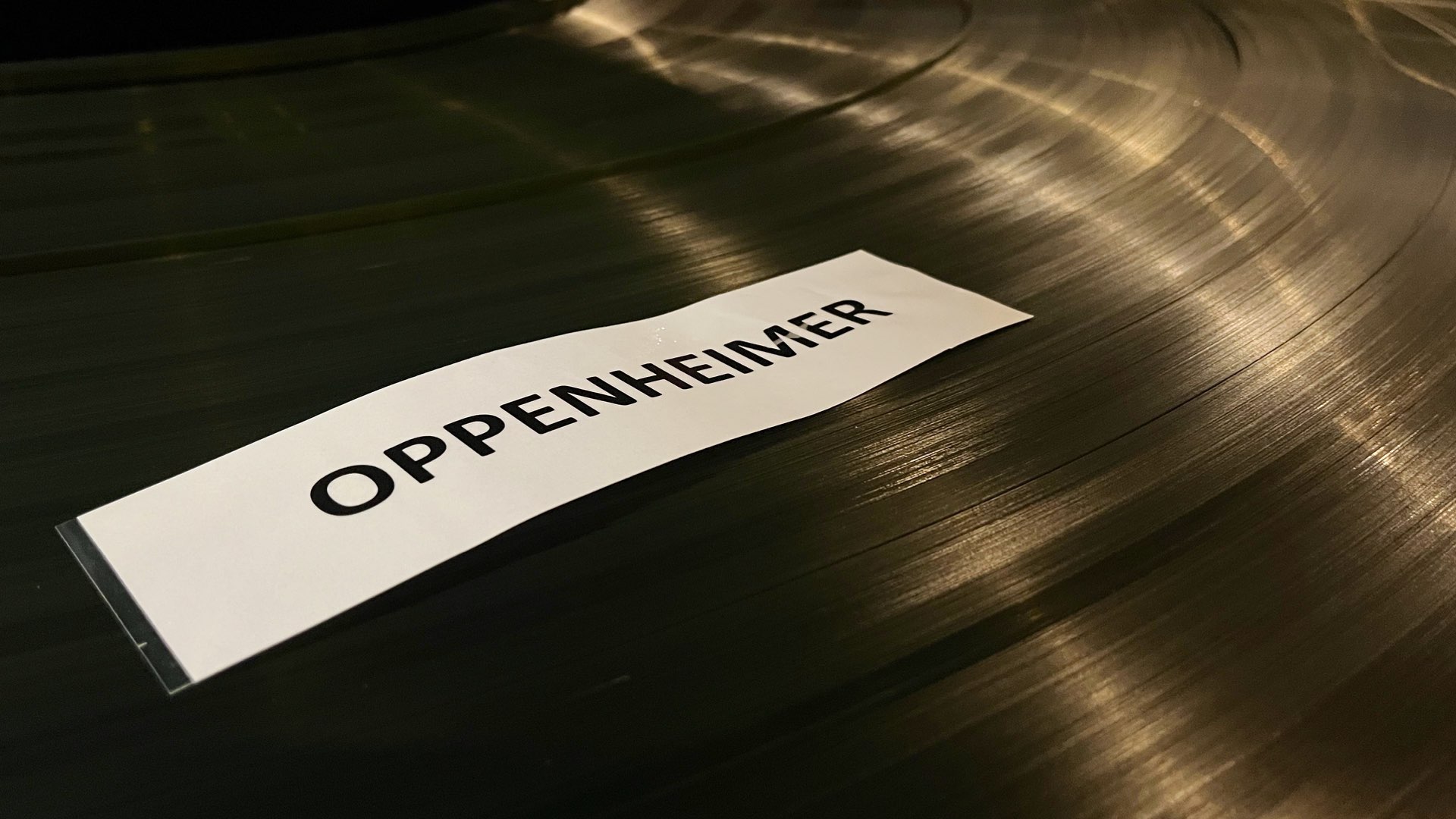
Oppenheimer Premium Large Format Guide
Oppenheimermovie.com which is the official website of the ultra-anticipated Christopher Nolan’s Oppenheimer has published a guide titled OPPENHEIMER PREMIUM LARGE FORMATS, which recaps the finest viewing experience for watching the movie. The guide explains the various formats from IMAX 70mm to 4K Digital Cinema. These are the formats stated in the guide:
- IMAX 70mm: Select IMAX theatres will be offering the IMAX Experience featuring 15 perf/70mm film projection which combines the brightest, clearest images at 10 times the resolution of standard projection formats, with powerful, laser-aligned digital sound and customized theatre geometry to create the world’s most immersive movie experience.
- 70mm film: 5 perf/70mm film offers a brighter, clearer image, with 3 times the resolution of standard projection formats, using the process of projecting light through celluloid to deliver clear images in rich analog color with state-of-the-art digital sound.
- 35mm film: 35mm anamorphic film screenings project light through the entire 35-millimeter frame to deliver clear, high-resolution images with rich analog color combined with state-of-the-art digital sound in most locations.
- IMAX: IMAX theatres feature projectors that produce sharper, clearer, and more vivid images, laser-aligned sound, and customized theatre geometry, creating the world’s most immersive digital movie experience. IMAX is the only experience to offer the film in a 1.90:1 aspect ratio as well as 1.43:1 in select locations.
- Dolby Cinema: The Dolby Vision projection system consists of dual 4K laser projectors capable of delivering up to 108 nits (31 Foot Lamberts) of full-screen brightness—resulting in a richer, more detailed viewing experience, with strikingly vivid and realistic images.
- 4K Digital Cinema: 4k digital projection produces a clear, bright, high-resolution image with absolute stability and cleanliness, combined with uncompressed digital sound for a powerful movie-going experience. Digital Cinema Packages are available in an aspect ratio of 2.2:1 in both Flat and Scope containers in order to fill more screen space for every auditorium.
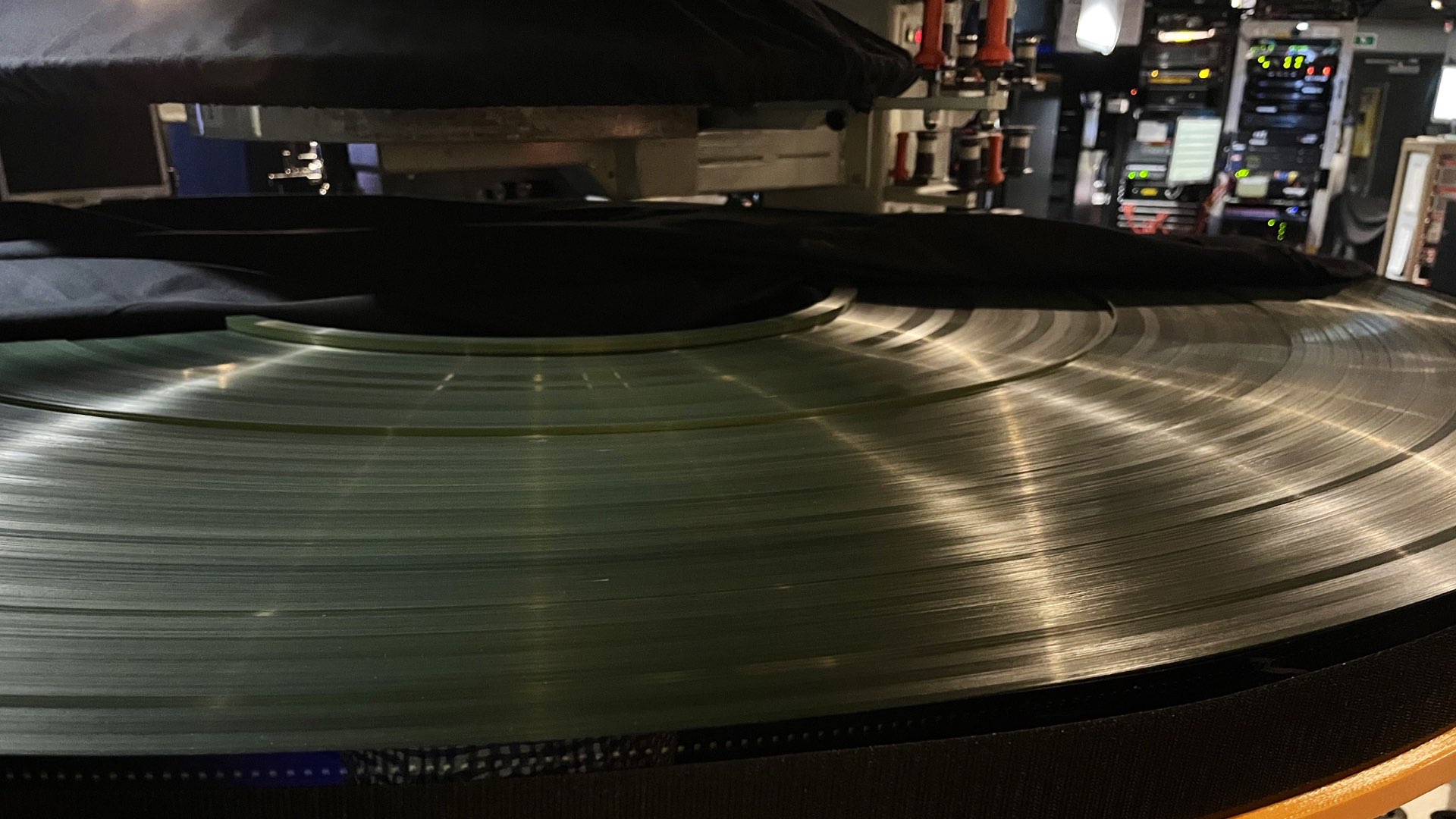
Oppenheimer’s Tech Specs utilized by a specific format
Furthermore, the page elaborates on the tech specs of Oppenheimer, and compares it to the specific formats, in a summary titled “OPPENHEIMER TECHNICAL SPECIFICATIONS” as stated below:
- OPPENHEIMER was shot using a combination of 5-perf 65mm and 15 perf IMAX FILM. When presented on 70mm IMAX, the sequences shot on 15 perf IMAX are printed full quality in their native format – the highest quality imaging format ever devised, offering ten times the resolution of standard formats, and filling the giant IMAX screens from top to bottom. The 5-perf 65mm sequences fill the IMAX screen side-to-side. The finished picture is fully analog and switches between the 2.20:1 and 1.43:1 aspect ratios throughout the film. This is combined with an IMAX uncompressed 5.0 digital sound mix for the most immersive presentation of the film.
- The Digital Cinema IMAX digital presentation has been created from 8k scans of the original film elements, graded specifically for the high contrast dual-projector IMAX digital projectors, before being scaled to 4K resolution and packaged with the uncompressed IMAX 5.0 sound mix of the film.
- When presented on regular 70mm film, the sequences shot on 5-perf 65mm are presented in their native format, the IMAX sequences have been optically reduced to 70mm 5-perf film to produce a grain-free, ultra-high resolution image, cropped top and bottom to fill the wider frame. This process is photochemical, preserving the original analog color of the imagery and presented in a 2.2:1 aspect ratio. The sound is carried on a separate DTS disc to produce state-of-the-art 6-track digital sound.
- The 35mm prints have been made photochemically, preserving all the rich analog color of the original 65mm photography, and cropped top and bottom to create a seamless 2.35:1 anamorphic image. The sound is coded on the prints in Dolby SR as well as Dolby 5.1 and DTS for 6-track digital playback.
- The Digital Cinema presentation of OPPENHEIMER has been created from 8k scans of the photochemically color-graded film elements, scaled to 4K, fine-tuned in the digital realm to maximize the color and contrast attributes of digital projectors, and dust-busted to achieve the cleanest and most stable image presentation possible. The film was finished in 4k for the highest digital resolution currently available.
- The sound on OPPENHEIMER has been specifically mixed to maximize the power of the low-end frequencies in the main channels as well as in the subwoofer channel. This effect is present in all available presentations of OPPENHEIMER, all of which have been designed to play back at the volume level designated by the industry at 7 on the Dolby cinema processor.
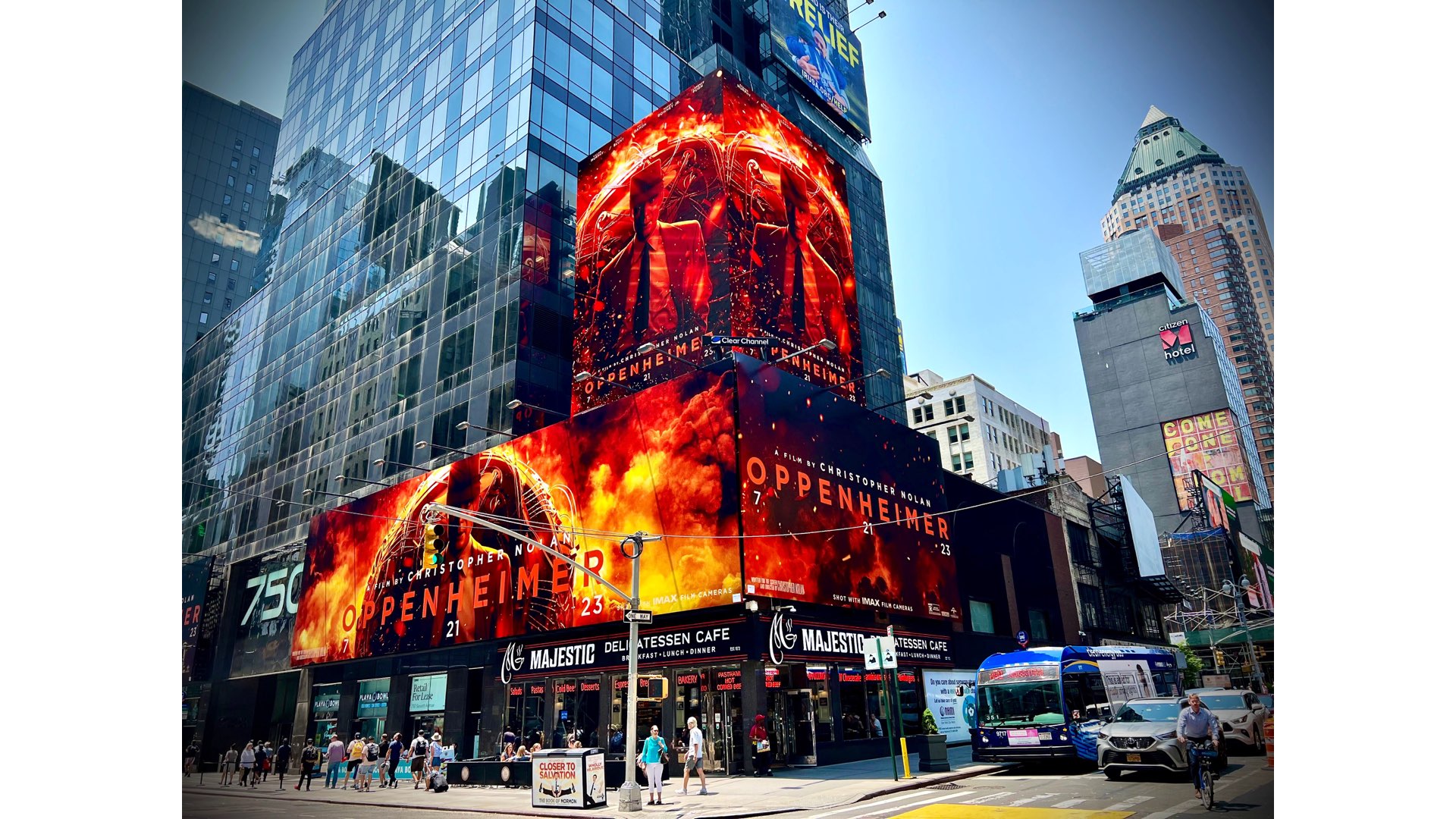
Wrapping up
According to in70mm.com, these are numbers: Number of 7OMM & 35mm prints being made for “Oppenheimer”: 70mm IMAX – 30, 70mm 5 perf – 113m and 35mm – around 80. See here the list of the IMAX 70mm theaters (30 worldwide). Most of us can see it on a digital laser IMAX (including us). However, the other options presented above are decent as well. So, in what ‘large format projection’ will you see Oppenheimer?


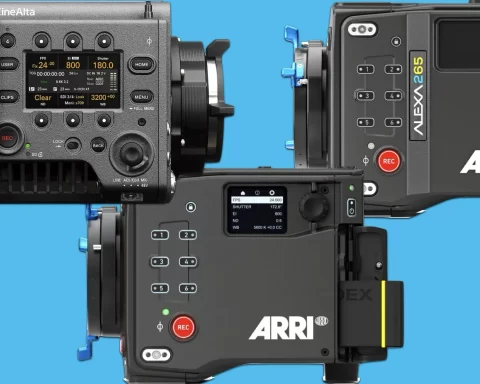
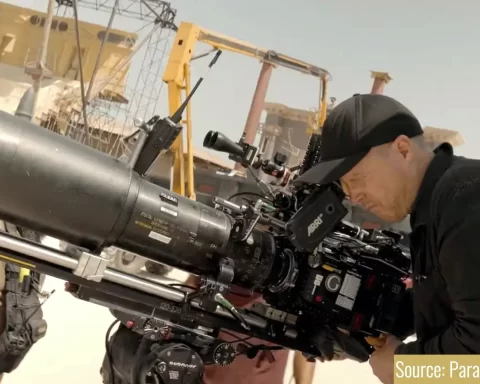
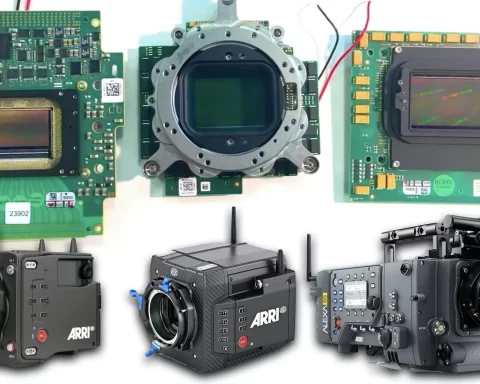
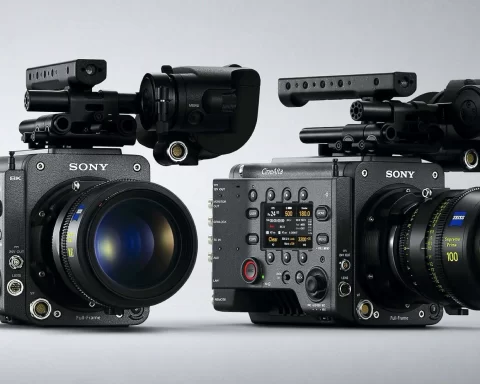
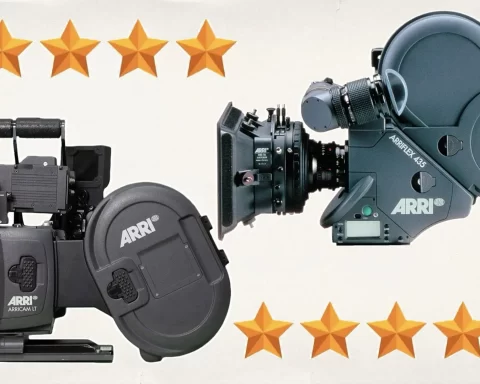
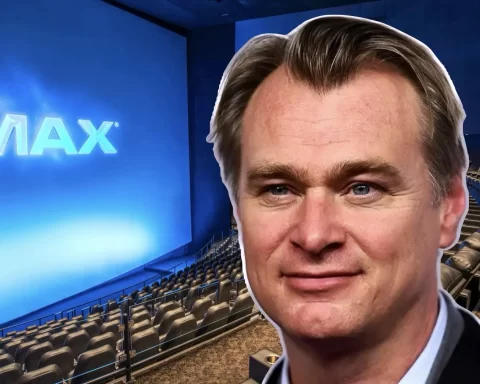

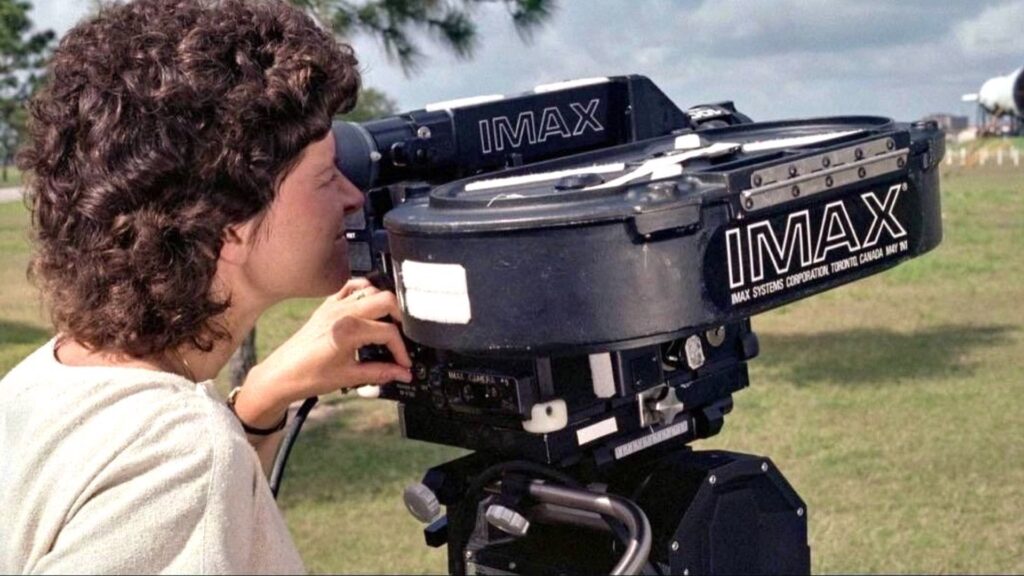
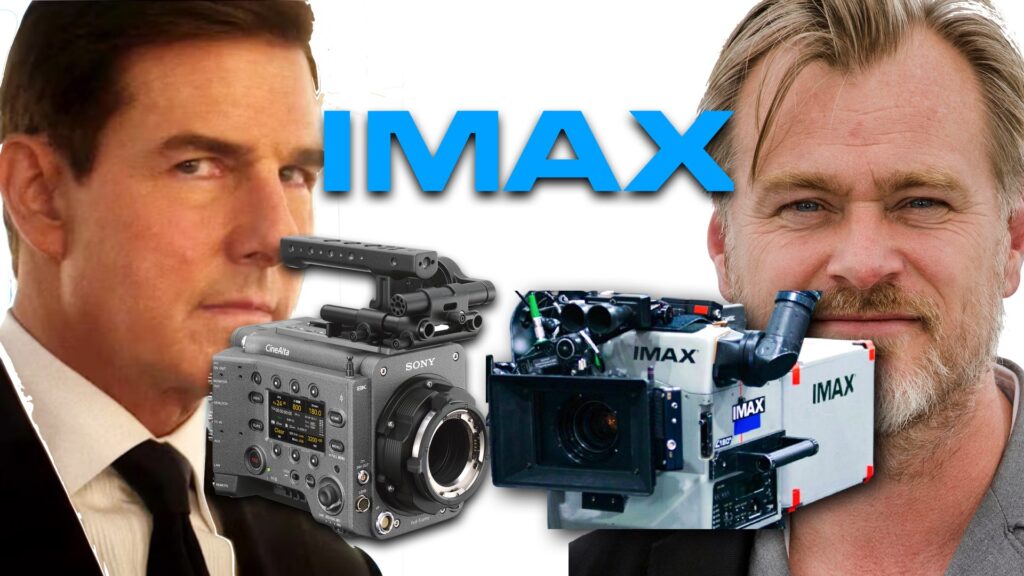
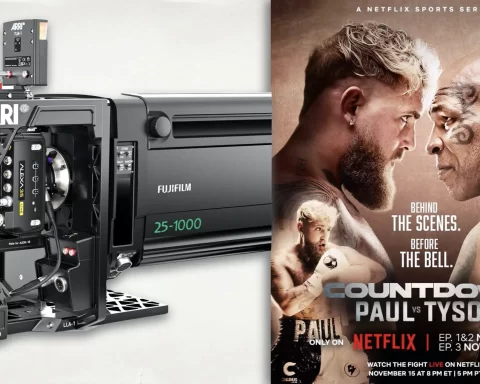
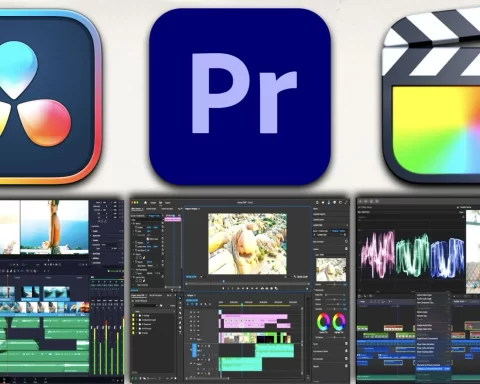
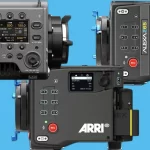
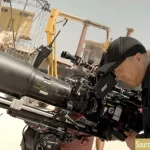
This is every Cinema enthusiast’s dream. i will see it at BFI London by travel
I strongly suggest to exeperience it in Dolby Cinema too:
https://www.thecinemainthepowerstation.com/whats-on-in-the-powerstation